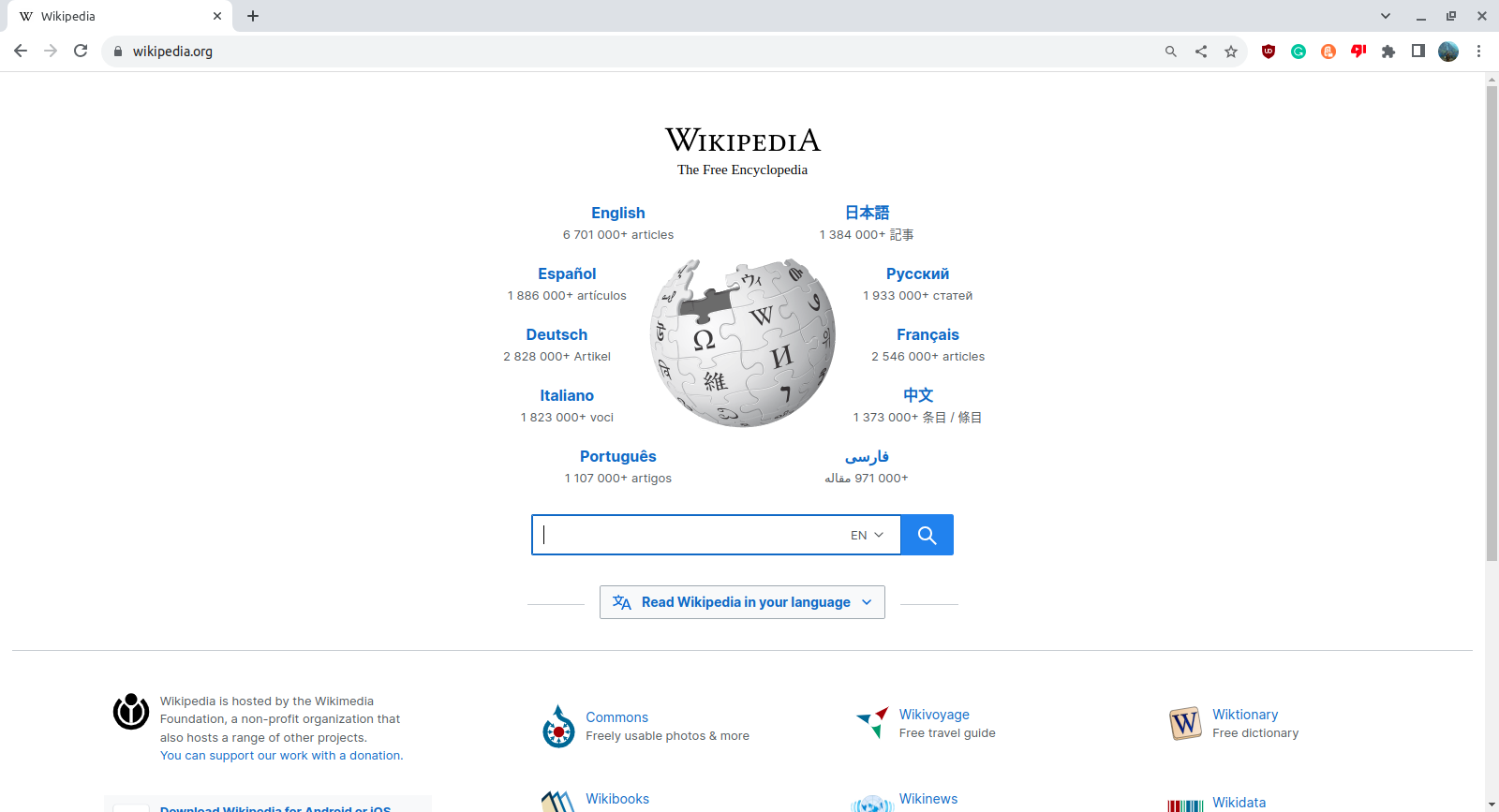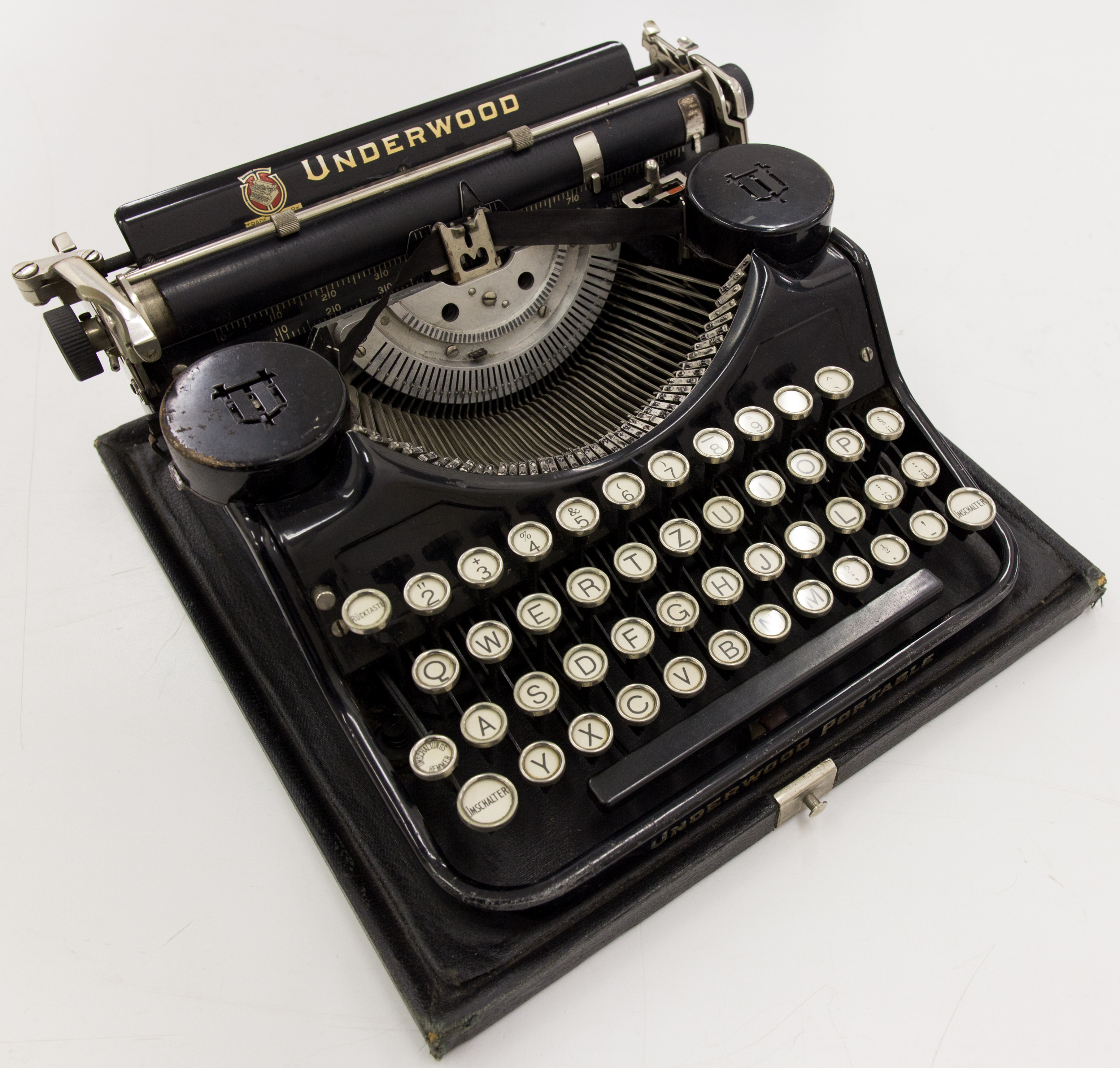|
Panorama (typesetting Software)
Panorama is a line layout and text composition engine to render text in various worldwide languages made by Bitstream Inc. Panorama uses Font Fusion as the base to support rendering of the text. The engine allows the user to manage different text formatting aspects like spacing, alignment, style effects (bold, embossed, outline, drop shadows etc.). Panorama provides support for OpenType font tables leading to automatic character substitution for ligatures, swashes, scientific figures, etc. Panorama supports three anti-aliasing modes monochrome, grayscale, and LCD optimized (Horizontal and Vertical). Version history Panorama has undergone several changes since its initial release as well as numerous additions of APIs to the core engine. Features * Support for Thai shaping and OpenType rules. * Enhanced support for the Unicode line breaking algorithm. * Better support for TV screens. * Enhanced font weight management and formatting support with font ratio, shadow width and ... [...More Info...] [...Related Items...] OR: [Wikipedia] [Google] [Baidu] |
Bitstream Inc
Bitstream Inc. was an American type foundry that produced digital typefaces. It was founded in 1981 by Matthew Carter, Mike Parker, Cherie Cone, and Rob Friedman, all former employees of the Mergenthaler Linotype Company. It was located in Marlborough, Massachusetts. The font business, including MyFonts, was acquired by Monotype Imaging in March 2012. The remainder of the business, responsible for Pageflex and Bolt Browser, was spun off to a new entity named Marlborough Software Development Holdings Inc. It was later renamed Pageflex, Inc following a successful management buyout in December 2013. Products Bitstream created a library of "classic" fonts (usually under different names for trademark reasons) in digital form. For example, Times Ten was released as ''Dutch 801'', Akzidenz-Grotesk as ''Gothic 725'', Aurora is ''News 706'', Antique Olive as ''Incised 901'', Bembo as ''Aldine 401'', Berthold Block as ''Gothic 821'', Bodoni Campanile as ''Modern 735'', Choc a ... [...More Info...] [...Related Items...] OR: [Wikipedia] [Google] [Baidu] |
PostScript Fonts
PostScript fonts are font files encoded in outline font specifications developed by Adobe Systems for professional digital typesetting. This system uses PostScript file format to encode font information. "PostScript fonts" may also separately be used to refer to a basic set of fonts included as standards in the PostScript system, such as Times New Roman, Helvetica, and Avant Garde. History Type 1 and Type 3 fonts, though introduced by Adobe in 1984 as part of the PostScript page description language, did not see widespread use until March 1985 when the first laser printer to use the PostScript language, the Apple LaserWriter, was introduced. Even then, in 1985, the outline fonts were resident only in the printer, and the screen used bitmap fonts as substitutes for outline fonts. Although originally part of PostScript, Type 1 fonts used a simplified set of drawing operations compared to ordinary PostScript (programmatic elements such as loops and variables were removed, ... [...More Info...] [...Related Items...] OR: [Wikipedia] [Google] [Baidu] |
HTML
Hypertext Markup Language (HTML) is the standard markup language for documents designed to be displayed in a web browser. It defines the content and structure of web content. It is often assisted by technologies such as Cascading Style Sheets (CSS) and scripting languages such as JavaScript, a programming language. Web browsers receive HTML documents from a web server or from local storage and browser engine, render the documents into multimedia web pages. HTML describes the structure of a web page Semantic Web, semantically and originally included cues for its appearance. HTML elements are the building blocks of HTML pages. With HTML constructs, HTML element#Images and objects, images and other objects such as Fieldset, interactive forms may be embedded into the rendered page. HTML provides a means to create structured documents by denoting structural semantics for text such as headings, paragraphs, lists, Hyperlink, links, quotes, and other items. HTML elements are delineated ... [...More Info...] [...Related Items...] OR: [Wikipedia] [Google] [Baidu] |
World Wide Web
The World Wide Web (WWW or simply the Web) is an information system that enables Content (media), content sharing over the Internet through user-friendly ways meant to appeal to users beyond Information technology, IT specialists and hobbyists. It allows documents and other web resources to be accessed over the Internet according to specific rules of the HTTP, Hypertext Transfer Protocol (HTTP). The Web was invented by English computer scientist Tim Berners-Lee while at CERN in 1989 and opened to the public in 1993. It was conceived as a "universal linked information system". Documents and other media content are made available to the network through web servers and can be accessed by programs such as web browsers. Servers and resources on the World Wide Web are identified and located through character strings called uniform resource locators (URLs). The original and still very common document type is a web page formatted in Hypertext Markup Language (HTML). This markup lang ... [...More Info...] [...Related Items...] OR: [Wikipedia] [Google] [Baidu] |
Subscript
A subscript or superscript is a character (such as a number or letter) that is set slightly below or above the normal line of type, respectively. It is usually smaller than the rest of the text. Subscripts appear at or below the baseline, while superscripts are above. Subscripts and superscripts are perhaps most often used in formulas, mathematical expressions, and specifications of chemical compounds and isotopes, but have many other uses as well. In professional typography, subscript and superscript characters are not simply ordinary characters reduced in size; to keep them visually consistent with the rest of the font, typeface designers make them slightly heavier (i.e. medium or bold typography) than a reduced-size character would be. The vertical distance that sub- or superscripted text is moved from the original baseline varies by typeface and by use. In typesetting, such types are traditionally called " superior" and "inferior" letters, figures, etc., or just "superi ... [...More Info...] [...Related Items...] OR: [Wikipedia] [Google] [Baidu] |
Strikethrough
Strikethrough, or strikeout, is a typographical presentation of words with a horizontal line through their center, resulting in , sometimes an X or a forward slash is typed over the top instead of using a horizontal line. Strike-through was used in medieval manuscripts. Contrary to censorship, censored or Sanitization (classified information), sanitized (redacted) texts, the words remain readable. Uses Marking errors Strikethrough is primarily used to mark text that is mistaken or to be removed. Track Changes Deleted words are highlighted by track changes tools in electronic documents. Highlighting In medieval manuscripts such as the Domesday Book, "strikethrough" of text with red ink often functions as Syntax highlighting, highlighting similar to modern underline. Computer representations Word Processors Wordstar had strikeout in v3.0 in 1982; however, the functionality may have been in earlier versions. Wordstar was launched in 1978, it dominated the personal ... [...More Info...] [...Related Items...] OR: [Wikipedia] [Google] [Baidu] |
Overline
An overline, overscore, or overbar, is a typographical feature of a horizontal and vertical, horizontal line drawn immediately above the text. In old mathematical notation, an overline was called a ''vinculum (symbol), vinculum'', a notation for grouping symbols which is expressed in modern notation by parentheses, though it persists for symbols under a radical sign. The original use in Ancient Greek was to indicate compositions of Greek alphabet, Greek letters as Greek numerals. In Latin, it indicates Roman numerals multiplied by a thousand and it forms medieval abbreviations (sigla). Marking one or more words with a continuous line above the characters is sometimes called ''overstriking'', though overstriking generally refers to printing one character on top of an already-printed character. An overline, that is, a single line above a chunk of text, should not be confused with the macron (diacritic), macron, a diacritical mark placed above (or sometimes below) ''individual'' le ... [...More Info...] [...Related Items...] OR: [Wikipedia] [Google] [Baidu] |
Underline
An underscore or underline is a line drawn under a segment of text. In proofreading, underscoring is a convention that says "set this text in italic type", traditionally used on manuscript or typescript as an instruction to the printer. Its use to add emphasis in modern finished documents is generally avoided. The (freestanding) underscore character, , also called a low line, or low dash, originally appeared on the typewriter so that underscores could be typed. To produce an underscored word, the word was typed, the typewriter carriage was moved back to the beginning of the word, and the word was overtyped with the underscore character. In modern usage, underscoring is achieved with a markup language, with the Unicode combining low line or as a standard facility of word processing software. The free-standing underscore character is used to indicate word boundaries in situations where spaces are not allowed, such as in computer filenames, email addresses, and in Internet U ... [...More Info...] [...Related Items...] OR: [Wikipedia] [Google] [Baidu] |
Engraving
Engraving is the practice of incising a design on a hard, usually flat surface by cutting grooves into it with a Burin (engraving), burin. The result may be a decorated object in itself, as when silver, gold, steel, or Glass engraving, glass are engraved, or may provide an Intaglio (printmaking), intaglio printing plate, of copper or another metal, for printing images on paper as prints or illustrations; these images are also called "engravings". Engraving is one of the oldest and most important techniques in printmaking. Wood engravings, a form of relief printing and stone engravings, such as petroglyphs, are not covered in this article. Engraving was a historically important method of producing images on paper in artistic printmaking, in mapmaking, and also for commercial reproductions and illustrations for books and magazines. It has long been replaced by various photographic processes in its commercial applications and, partly because of the difficulty of learning the techni ... [...More Info...] [...Related Items...] OR: [Wikipedia] [Google] [Baidu] |
Paper Embossing
Embossing and debossing are the processes of creating either raised or recessed relief images and designs in paper and other materials. An embossed pattern is raised against the background, while a debossed pattern is sunken into the surface of the material but might protrude somewhat on the reverse side. Techniques Often used in combination with foil stamping, embossing alters the surface of paper stock or other substrates by providing a three-dimensional or raised effect on selected areas. The procedure requires the use of two dies: one that is raised and one that is recessed. The dies fit into each other so that when the paper is pressed between them, the raised die forces the stock into the recessed die and creates the embossed impression. A specific level of pressure is applied to the dies in order to squeeze the fibers of the paper, which results in a permanently raised area in the paper. When the dies are produced, a die maker engraves the desired image into several m ... [...More Info...] [...Related Items...] OR: [Wikipedia] [Google] [Baidu] |
Glyph Bitmap Distribution Format
The Glyph Bitmap Distribution Format (BDF) by Adobe is a file format for storing bitmap fonts. The content takes the form of a text file intended to be human- and computer-readable. BDF is typically used in Unix X Window environments. It has largely been replaced by the PCF font format which is somewhat more efficient, and by scalable fonts such as OpenType and TrueType fonts. Overview In 1988, the X Consortium adopted BDF 2.1 as a standard for X Window screen fonts, but X Windows has largely moved to other font standards such as PCF, Opentype, and Truetype. Version 2.2 added support for non-Western writing. For example, glyphs in a BDF 2.2 font definition can specify rendering from top-to-bottom rather than simply left-to-right. A BDF font file contains three sections: #a global section that applies to all glyphs in a font; #a section with a separate entry for each glyph; and #the statement. Example This is an example font containing one glyph, for ASCII capital “A”. T ... [...More Info...] [...Related Items...] OR: [Wikipedia] [Google] [Baidu] |






